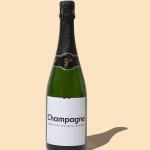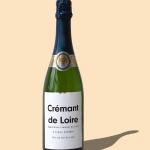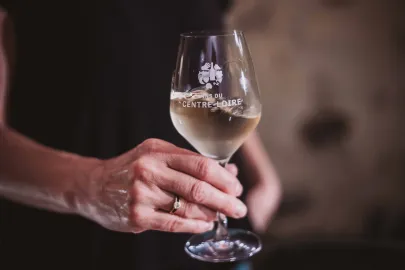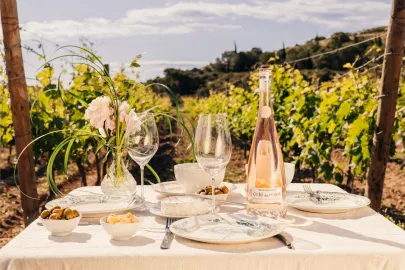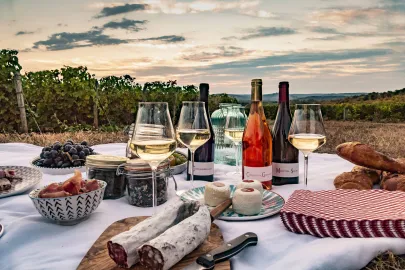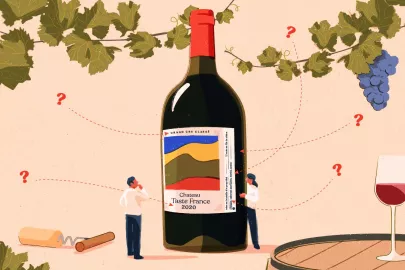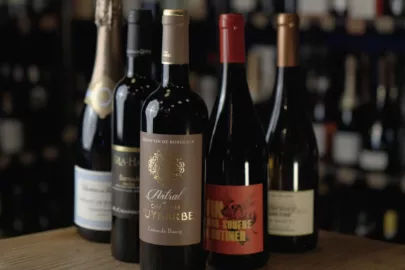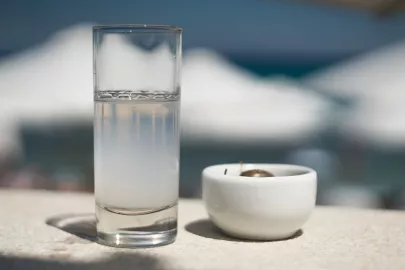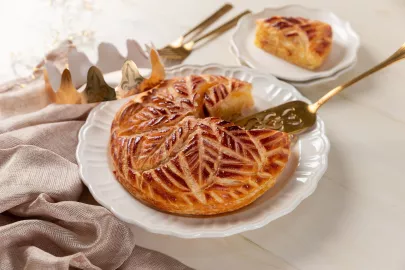In France, crémants are having quite the moment. No fewer than eight designations are producing them. Read on for a closer look at these festive bubbles.

In France, crémants are having quite the moment. No fewer than eight designations are producing them. Read on for a closer look at these festive bubbles.
Louise was not impressed by her first sip of champagne at age 18. Over time, however, she's changed her mind. During a chic Parisian outing dedicated to the champagnes enjoyed by the famous British spy James Bond, Louise sat down with Carlos for an interview. The movie-loving sommelier knows all about sparkling wine and swears that it is hard to tell the difference between certain crémants and champagnes. In fact, he even sneaked a Limoux crémant into the line-up of champagnes available for tasting. No one noticed. Intrigued, Louise asked about where the wine's effervescence comes from. "It's simple," said Carlos. "The bubbles you see in champagnes and crémants comes from the liqueur de tirage, a wine blend combined with sugar and yeast. It triggers a secondary fermentation process in the bottle that creates carbon dioxide gas." Surprised, Louise asked about the differences between the two wine designations. Carlos smiled in response.
Champagne and crémant: the cousins of the wine family
Crémants are closely related to champagnes. Originally, the Champagne region produced both. Crémant is a classified as a demi-mousse, or a half-sparkling style, that is bottled at a lower pressure. Later, the Méthode champenoise, or the traditional method used to produce champagne, was used exclusively for wines produced in the Champagne region. The term crémant was allowed to be used by other French regions with a history of producing sparkling wines. These producers had to replace the mention of the Méthode champenoise on their labels with Méthode traditionnelle, or traditional method. In both cases, the process of transforming still wine into sparkling wine takes place in the bottle. Since the 1990s, eight crémant PDOs (Protected Destination of Origin) have been recognized: Alsace, Limoux, Burgundy, Die, Bordeaux, Loire, Jura, and Savoie. Organic varieties have become increasingly popular in this category of wines, which continues to be priced affordably.
However, not all crémants are produced with the same varietals used to make champagne, which include pinot noir, chardonnay, pinot meunier, arbane, petit meslier, pinot blanc, and pinot gris. Aficionados recognize that the terroir and expertise found in Champagne give these sparkling wines their one-of-a-kind taste. The region has an exceptional array of reserve wines that are blended with vins clairs (clear wines) to create vintage champagnes. Louise loves the simplicity of a rosé crémant de Bourgogne. Her Japanese friend, Yoko, prefers zero-dosage Blanc de Blanc champagne, which is made without any added sugar. Taste is strongly influenced by our origins. Starting from an early age, it is very likely the two friends enjoyed snacks with drastically different flavor profiles.
Contributor

Editor

